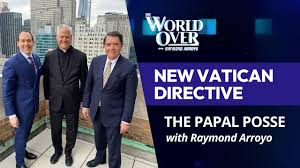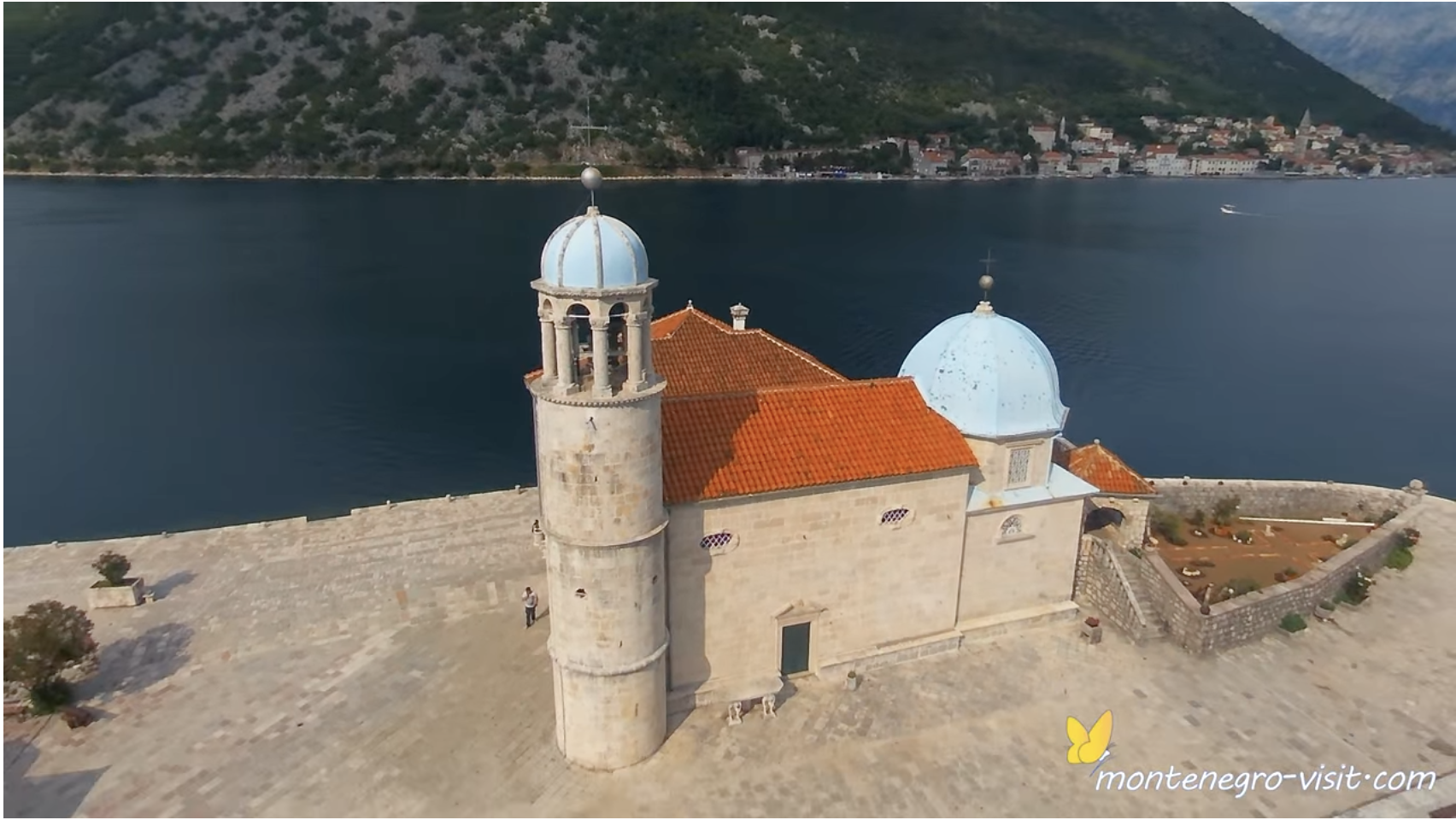Michael Novak, after considerable strain, decided to leave the seminary in Rome; he would head back home to America and to graduate work at Harvard. In time he would draw a worldwide audience for his writings in theology, philosophy, economics, politics, even sports. But he would arrive at Harvard to begin his graduate studies, in his late twenties, with an accomplishment rare for graduate students: a novel already published. The Tiber Was Silver was the story of a young seminarian, written with all of the color and the authenticity of one writing from within the experience actually lived.
In the novel, the young seminarian, Richard McKay struggles with the question of whether he is truly fitted for the priestly life. He responds to the doubts registered by his superior, Padre Bracciano, and he admits that: “He was worldly. He did love art, love the cities, love people: everything captivated him! Governments, reforms, proposals, everything about the earthly city.”
The young seminarian meets an attractive young woman, an artist, and he is evidently drawn. The challenge facing the writer was to convey just how much Richard, the seminarian, was attracted and yet how plausible was his decision not “to go over the wall” and turn away from the priesthood to the world of marriage.
But Michael did himself go over that wall. And just a few years later he met that young artist in Cambridge. They met for lunch, as she was seeking advice from a young Catholic as earnest as she was, and she was indeed, as the novel anticipated, arrestingly attractive. This was Karen Laub, sprung from Iowa. She had been schooled at Carleton College, and she was returning from Europe, where she had studied painting with Oscar Kokoschka in Vienna. The lunch extended into dinner, and into a conversation that would go on until the hours of the morning.
Michael was evidently smitten. Over the seminary he could strain in pondering, but on the question of a lifelong marriage with Karen he suffered no indecision. He was taken aback when he proposed and she said, “not yet.” There were so many things she wanted to do in exploring her craft and the world before she settled down. But she too was smitten, and they settled down. . .to explore the world. She would be with Michael as he was drawn again to Rome and Venice, and other places even more exotic in Europe and Asia.
I used to wonder that she could suspend her own notable projects as she joined Michael in these outings, when the children were grown and her own career had been launched. But of course nothing was ever suspended. She would absorb everything in her own appetite to know more about the world and to explore the mysteries and the truths that formed the central thread in both of their works.
Fr. Kurt Pritzl, the dean of the School of Philosophy at the Catholic University, caught something so right about her work: She would put the accent on “’strong things,’ not always easy things or pleasant things, but real things of life that we all face.” Her figures would at times jar us because she would strip away the skin to uncover the tendons, the nerves, and one could feel the tension in the body. As Fr. Pritzl observed, she would start with the “word given” – the word that was at the Beginning. She would draw on T.S. Eliot’s Ash Wednesday, Rilke’s Elegies, or the Book of Revelation. But then, as Pritzl said, she “gave [the word] body, shape, texture, color, concreteness, physicality.”
For Michael and Karen, this was a marriage sustained by Two Wings, by faith and reason, nature and art – by the relentless wit and energy of Michael and the genius, and deepening sainthood, of Karen. Fr. Pritzl’s words were spoken as a homily at Karen’s funeral Mass two weeks ago. She had an earlier bout of breast cancer, but later on the cancer spread. For over a year the prospect of losing her hovered overhead as she undertook therapy with a remarkable spirit. She was determined to make every day account, to remain upbeat, joyous, to appreciate everything, and she lifted us in turn: we wanted to share as many moments as we could with her in the same way.
With that sense of things, she and Michael decided to take a National Review cruise this summer, along with children and grandchildren. They would stop in Rome but also in Ephesus (now in Turkey) where they could visit the house thought to have been the home of Mary. The trip was risky, and Karen noted in her jaunty way that if she died on the trip, they could simply bury her at sea. But it was a trip that provided an apt culminating moment in life. Back from abroad, she took a turn for the worse, and suddenly – to the rest of us – she was in her last moments. We had long expected it, but for the friends it was still numbing.
And yet. . . .The day after she died, I had the feeling – the most vivid I’ve experienced after the death of a friend – that Karen was still there, that that lovely soul is still with us, and will be with us.














